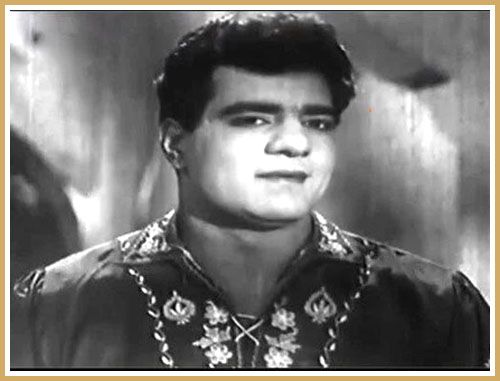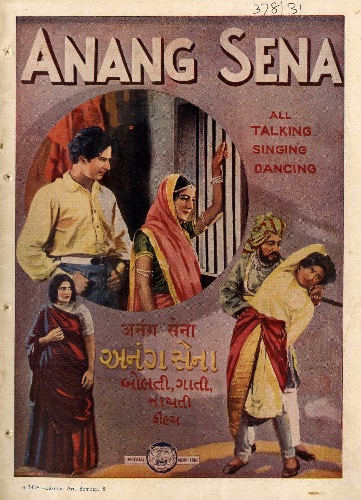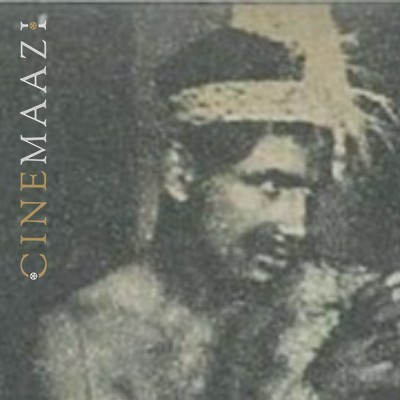Master Vithal

Subscribe to read full article
This section is for paid subscribers only. Our subscription is only $37/- for one full year.
You get unlimited access to all paid section and features on the website with this subscription.
Not ready for a full subscription?
You can access this article for $2 , and have it saved to your account for one year.
- Died: 1969
- Primary Cinema: Marathi
The Douglas Fairbanks of India, Master Vithal was the most popular stunt star of the silent era. He even starred in the first ever talkie Alam Ara (1931). What was to eb the biggest milestone of his career, also unfortunately spelled the end of his Hindi film career. But he went on to have a successful career in Marathi films later.
Master Vithal made hsi stage debut at a very young age in the Rajapurkar Natak Mandali. He actually started his career as an editor at Baburao Painter's Maharashtra Film Company. His first role was that of a female dancer in Kalyan Khajina (1924). He acted in several of Bhalji Pendharkar's films, before making his first lead appearance in Ratan Manjari (1926). He reached his true potential as a stunt action hero in Sharda Studios. Starring in films like Suvarna Kamal (1926), Heera Sundari (1928), Chirag-e-Kohistan (1929), he created a swashbuckling aura around himself. Much of the early tropes of the stunt genre were defined by Vithal's image. These films were made on low budgets, laden with special effects by the likes of Bhogilal Dave and fast-paced.
His formidable box-office appeal made Ardeshir Irani change his mind about casting him in Alam Ara, his ambitious project to make the first talkie. Unfortunately, Master Vithal was contracted to Sharda and when he broke that contract, he was sued by the studio. In this case, he was represented by none other than Muhammad Ali Jinnah, who was practising as a barrister in Mumbai at the time. Jinnah's mastery over legal matters cleared the path for Vithal to star in the film. Unfortunately this also proved to eb the death knell for his Hindi film career. His Hindi diction was poor, leading to vast portions of the script be re-written to make him mute. Alam Ara was a success, but it also became clear that Vithal would not survive as a hero in Hindi cinema in the talkie era. He went on starring in several films after this, but could not recapture the glory of his silent years. He turned director with Aut Ghatkecha Raja (1933) and and later made Swarajyacha Shiledar (1951). He shifted to Marathi films, and went on acting till the 60s. Some of his films during this period were Netaji Palkar (1939), Amrit (1941), Ramshastri (1944), Garibanche Rajya (1948), Chhatrapati Shivaji (1952), Tai Teleen (1953), among others.
The superstar of yesteryears passed away in 1969.
References
https://scroll.in/reel/748299/the-untold-story-of-jinnahs-role-in-indias-first-talkie-alam-ara
Encyclopaedia of Indian Cinema. Ed. Ashish Rajadhyaksha and Paul Willemen. New Delhi: Oxford University Press, 1998
-
Filmography (35)
SortRole
-

Anang Sena 1931
-
Web, The (Dav Pech) 1930
-
Mirza Sahiba 1929










.jpg)



